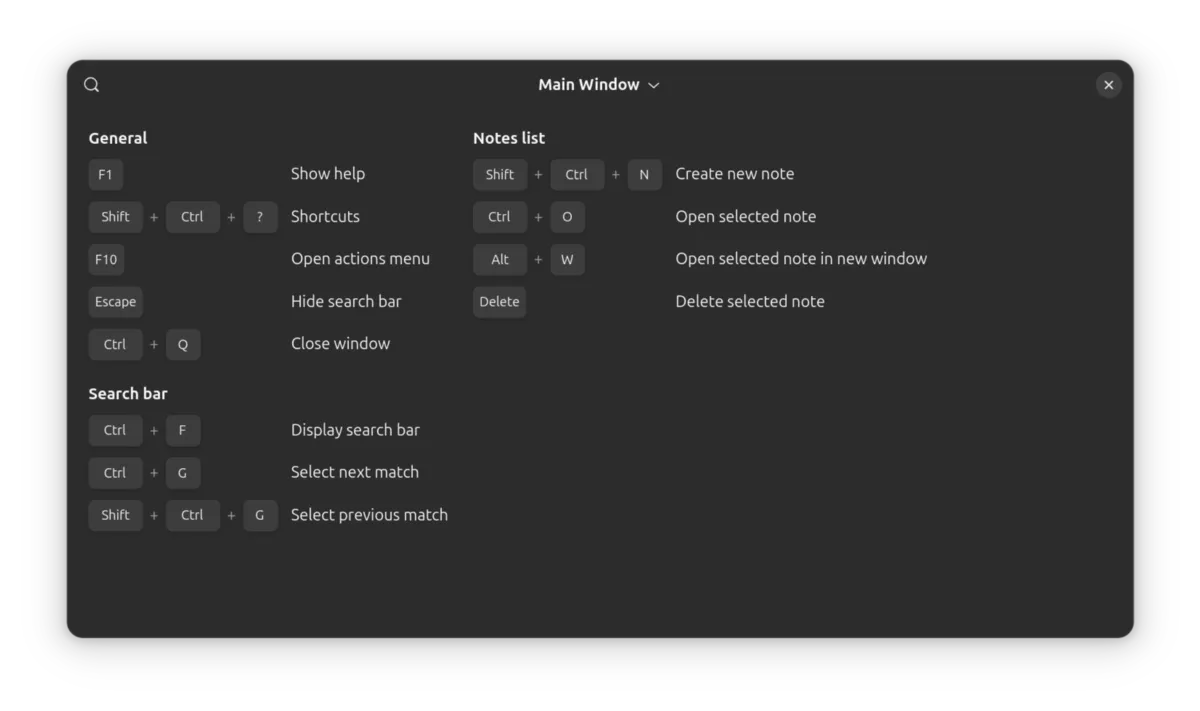Most people are familiar with the Dutch Fairphone as a initiative in sustainable smartphone design. The SHIFTphone 8 represents a comparable commitment to longevity and sustainability, designed in Germany—though, like the Fairphone, it is manufactured in China.
While both the SHIFTphone 8 and the Fairphone 5 feature the same QCM6490 octa-core processor (based on the Snapdragon 778G, but with extended software support) and offer a decade of software support, the SHIFTphone 8 provides several enhanced specifications:
- 12GB internal memory LPDDR
- 256 or 512GB internal storage UFS 3.1
- IP66 dust and weather resistance
- Wireless charging capability (Qi-Standard)
- 120 Hz refresh rate display
- Fast charging: Power Delivery 3.0, Quick Charge 4
- Custom key (left / configurable)
- Hardware kill-switches for cameras and microphone
In addition, the SHIFTphone 8.1 offers a significant improvement in modularity, with 18 replaceable components—compared to the Fairphone 5’s nine—further reinforcing its focus on repairability, sustainability, and extended device lifecycle.

SHIFTphone 8.1 replaceable modules
The 18 replaceable modules of the SHIFTphone 8.1
A small screwdriver is included.
- Amoled Display (1080 x 2400 Pixel) 6,67″, 120 Hz Gorilla Glas
- Camera Module 1 (main ) 50Mpx, Sony IMX 766
- Camera Module 2 (wideangle) 50MPpx, Sony IMX 766
- Camera Module 3 (front/selfie), Sony IMX616 32 MPx, pixel binning 8Mpx
- Battery ( 3820 mAh)
- eSIM
- Fingerprint sensor (front under the display)
- Proximity sensor & Light sensor
- Vibration motor
- USB-C port (USB 3.2 (Gen1, 5Gb/s) type-C)
- Sub-board
- Ear speaker
- Main speaker
- Mainboard
- SIM card slots (2x nano, or 1 nano and 1 eSIM nano) & SD card slot (Micro-SDXC up to 2TB)
- Antenna module
- Keyboard unit (Volume and power keys)
- Custom key (left key)
The first 8 components can be replaced with relative ease, you should be able to do that at home (DIY).
A bit more difficult to replace are the modules 9-13, still you should be able to do that yourself if you have some experience and some basic mechanical knowledge.
The final five modules are more intricate and require specialized expertise. You’re advised to attend to SHIFT’s own workshop or another certified, specialized service provider .
You can find the video-guides here: https://www.shift.eco/shiftphone-8-guide/tutorials/

